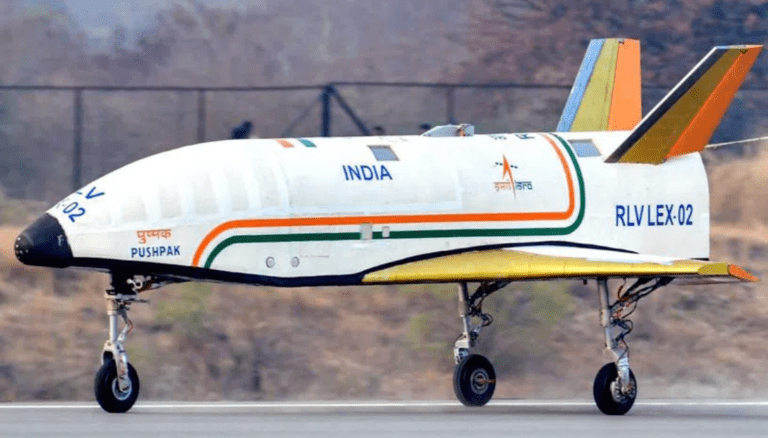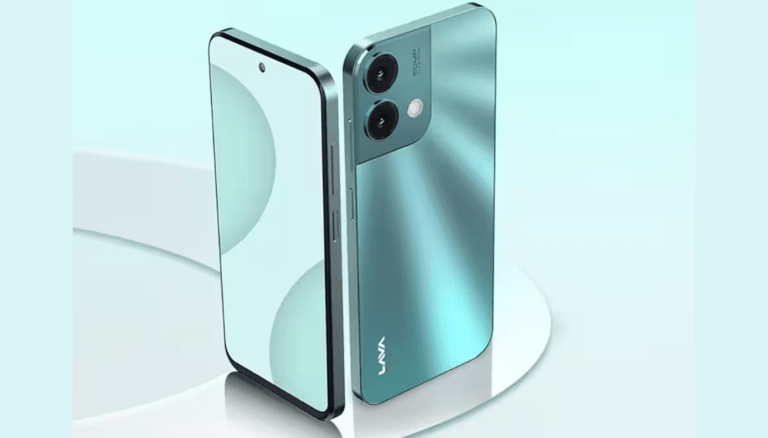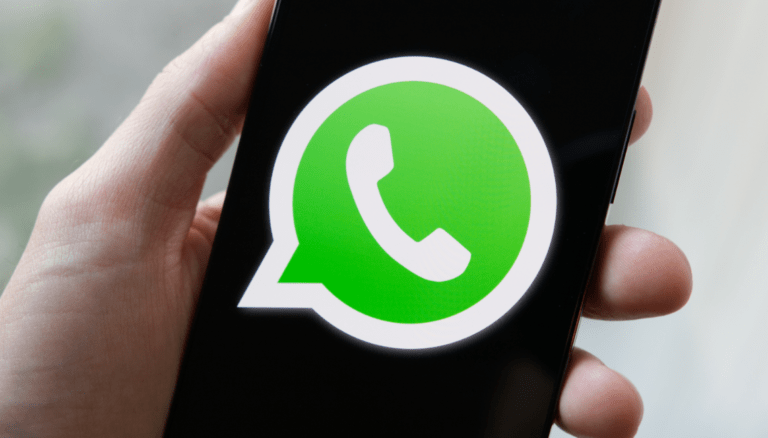The Indian Space Research Organisation (ISRO) has decided to depart from its tradition of long-winded rocket names and embrace shorter, more memorable monikers for its launch vehicles. In this vein, ISRO has chosen ‘Pushpak’ as the identifier for its reusable launch vehicle, marking a significant shift in its approach to naming conventions.
For years, ISRO has been known for its rockets with elaborate names like the Polar Satellite Launch Vehicle (PSLV), Geosynchronous Satellite Launch Vehicle (GSLV), and Small Satellite Launch Vehicle (SSLV). However, compared to international counterparts like the European Space Agency’s Ariane, China’s Long March, and Russia’s Soyuz, these names have been notably verbose.
Interestingly, the naming of rockets by foreign space agencies often draws inspiration from mythology, ideology, or historical significance. For instance, the European rocket Ariane is named after a French mythological character, while China’s Long March reflects its historical communist ideology.
However, ISRO’s initial approach differed, with its first sounding rocket named Rohini after a star, reflecting astronomical themes. Subsequent rockets adopted longer names based on the orbit they were designed to reach, such as PSLV for polar orbits and GSLV for geosynchronous orbits.
Over time, ISRO’s naming conventions evolved, with satellites named based on their intended purpose rather than orbit. Earth observation satellites, for example, are now labeled as EOS followed by a serial number.
A notable shift occurred with India’s satellite navigation system, initially named Indian Regional Navigation Satellite System (IRNSS) but later rebranded as NavIC, derived from the words ‘navigation’ and ‘Indian Constellation.’ This change reflects a deliberate effort to create a distinct and memorable identity for Indian space endeavors.
Former ISRO Chairman G. Madhavan Nair has advocated for drawing inspiration from Indian scriptures and culture to name rockets, emphasizing the importance of reflecting the nation’s heritage and values. However, proposals like naming the radar imaging satellite RISAT as ‘Sanjay’ after a character from the Indian epic Mahabharata were not pursued.
Overall, ISRO’s shift towards shorter, more meaningful names for its rockets reflects a broader trend towards concise branding and identity, aligning with international practices while retaining a distinctively Indian character.











